Cardozo High School Students Lead Equity Presentations for Their School Community
What does social justice work look like in the classroom?
Beth Barkley, a finalist for the 2020 D.C. Teacher of the Year, encourages students to tackle social justice issues in their community and beyond through creative coursework and hands-on learning. Barkley teaches English at Cardozo Education Campus and spearheaded two elective courses, Global Perspectives and Human Rights and Social Action. As part of these courses, Barkley includes opportunities for students to think critically about challenges they see in society and equips them with the resources and support to move outside of their comfort zones and take action.
Barkley shared that the idea for the equity workshops sparked from a conversation with one of her English classes. After reading The House on Mango Street, students talked about how people are often afraid of the unfamiliar, which leads to stereotyping. This discussion inspired the initial thought to bring student-led conversations about equity and diversity to the whole school and possibly the school district. The idea for the course originated from another course, Learning about Cultural Diversity through Intergroup Dialogue, which Barkley facilitated at the University of Maryland as a part of the Words of Engagement Intergroup Dialogue Program (WEIDP) at the university. Now, Barkley and students want to advocate to have this course be a part of their graduation requirements.
Barkley advocated for an intergroup dialogue course at Cardozo. The idea, Barkley describes,
It would be a year-long course. In the first semester, students would learn about global issues and in the second semester, they would become trained facilitators to present equity workshops in other classes.
Students who are currently enrolled in the class described that throughout the first semester, they learned about different social justice topics, including race, gender, and stereotyping. Students then used their understandings to develop and deliver equity presentations to their classmates and teachers as a way to bridge divides between the larger school community and the International Academy.
When it came time to select a topic, one group said,
We chose gender because it’s one of the topics we don’t talk about often. Usually, our families are not very open-minded about it. We saw this as an opportunity to share what we’ve learned to see what other students think about it.
Another student echoed those sentiments,
I want everyone to know about it and make a change. I want to see equity.
The goal of their workshops, the students shared, was,
Our goal is to teach how people are treated in society based on gender and to make sure others in our school can understand who is a part of the dominant group.
Students started with a ‘Do Now’ activity, in which they asked their peers to answer the question,
Which gender do you think has more privilege in society?
After students had a moment to reflect individually, they came back together as a group to discuss their thoughts and opinions. One student mentioned how women leaders are seen as bossy and others discussed regulatory legislation that affects women’s bodies. The participants critically analyzed current events in their conversation, showcasing how deeply they were thinking about political and social news in relation to what they were learning. Additionally, students talked about job opportunities and pay inequity, where in certain positions when men and women have the same roles, women are paid less. In the equity presentation, students shared information on the many ways that gender inequity shows up in society including sports, work and pay, and cultural norms.
Next, students moved into a Privilege Walk activity. Their prompts to step forward included, “I learn about people of my gender when I learn about the Presidents of the United States,” “I am less likely to face sexual harassment than other genders,” “I do not feel pressured by the media or society to be thin,” and “When I watch professional sports on television, they’re usually being played by people of my gender.”
In response, their classmates had powerful and insightful commentary on the activity. One student shared,
From the male perspective, we don’t really realize how much our gender impacts our lives. When we do think about it, we have to work around systems to make a change.
As students moved through their thoughts on the activity, the presentation leaders posed some additional questions and tried to brainstorm collectively how they could work together to combat gender discrimination and oppression. A student shared,
We have to allow women’s voices to be heard and call out men when they’re exerting their privilege.
Students asked,
Is it possible to have total gender equity? How do we achieve this?
Students’ responses ranged from, “It’s hard to change people’s minds,” and “Ideologies will get passed down” to “Change can’t happen without taking risks” and “If we use what we now know to educate people, they might want to change.” Students are asking the tough questions that require self-reflection, but also an understanding of the structural and systemic issues that have been and continue to be pervasive to maintain social hierarchies.
Towards the end of the presentation, the leaders screened the #LikeAGirl video, an Always campaign that aims to challenge and redefine what it means to do things "like a girl,” moving this statement from having negative stereotypes attached to it. The video gleans insight about how gender stereotypes can be internalized and perpetuated through statements like, “You run/throw like a girl.” One woman in the video strongly states,
Why can't 'run like a girl' also mean win the race?
The group leaders asked a powerful takeaway question,
Do you think some of the girls ran the way in the beginning of the video because that’s how they are or because that’s how society wants them to be?
To pose some solutions and end on an actionable note, the leaders followed this question by asking,
What did you learn from this activity and how can you use it to make a change?
Students’ responses were moving,
What we want is equity, for everyone to have the same rights, same privileges, and same freedoms.
I will ask myself: what can I do as a man to change this? One thing is to start at home with family members because we don’t always teach this in schools.
In conversation with Barkley after the equity presentations, Barkley noted that although many of the students were nervous to present to their peers, she knew they were ready. Barkley shared,
They’re in this class because they’re leaders. I’m really proud of them. With their courage and passion to advocate for change and for a more just society, I knew they could do it! And they did it!
Courses and educational opportunities like this one, where students not only learn about social issues, but apply their knowledge, are not only important but crucial. Rather than simply introducing a concept, or having one day dedicated to the topic, students are challenged to gather data, reflect on their values, and establish and committing to a course of action. This course is an exemplary model of how students can be inspired to facilitate change, starting in the classroom.
More Photos from Event
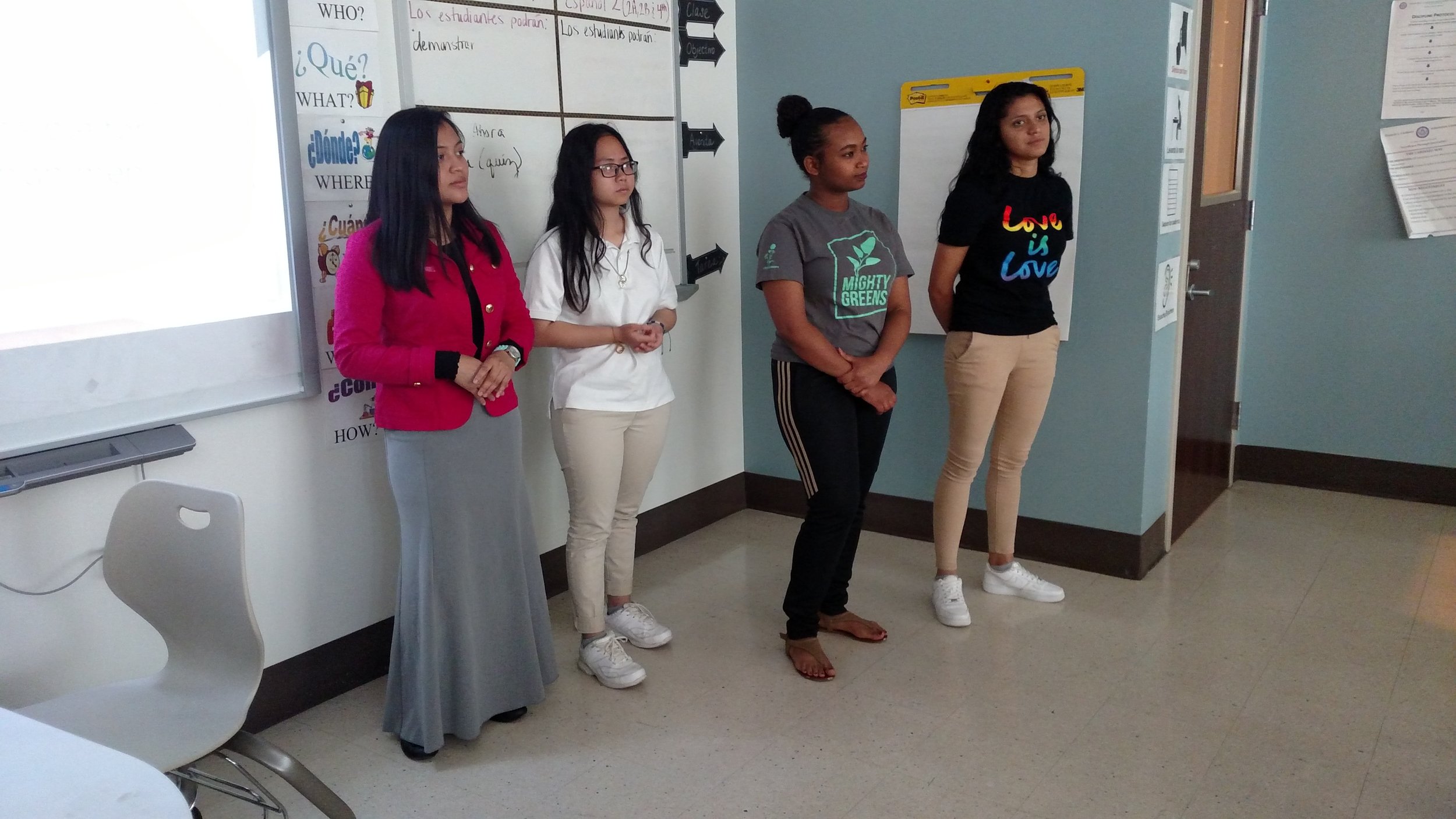
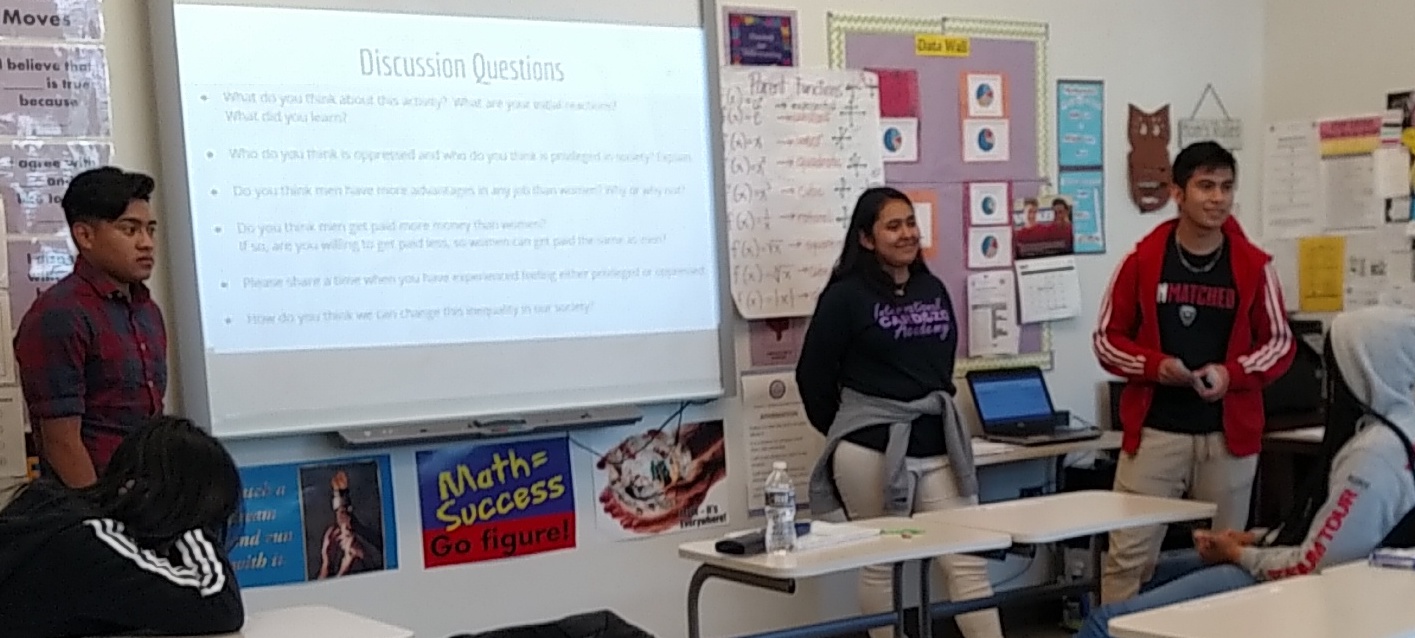
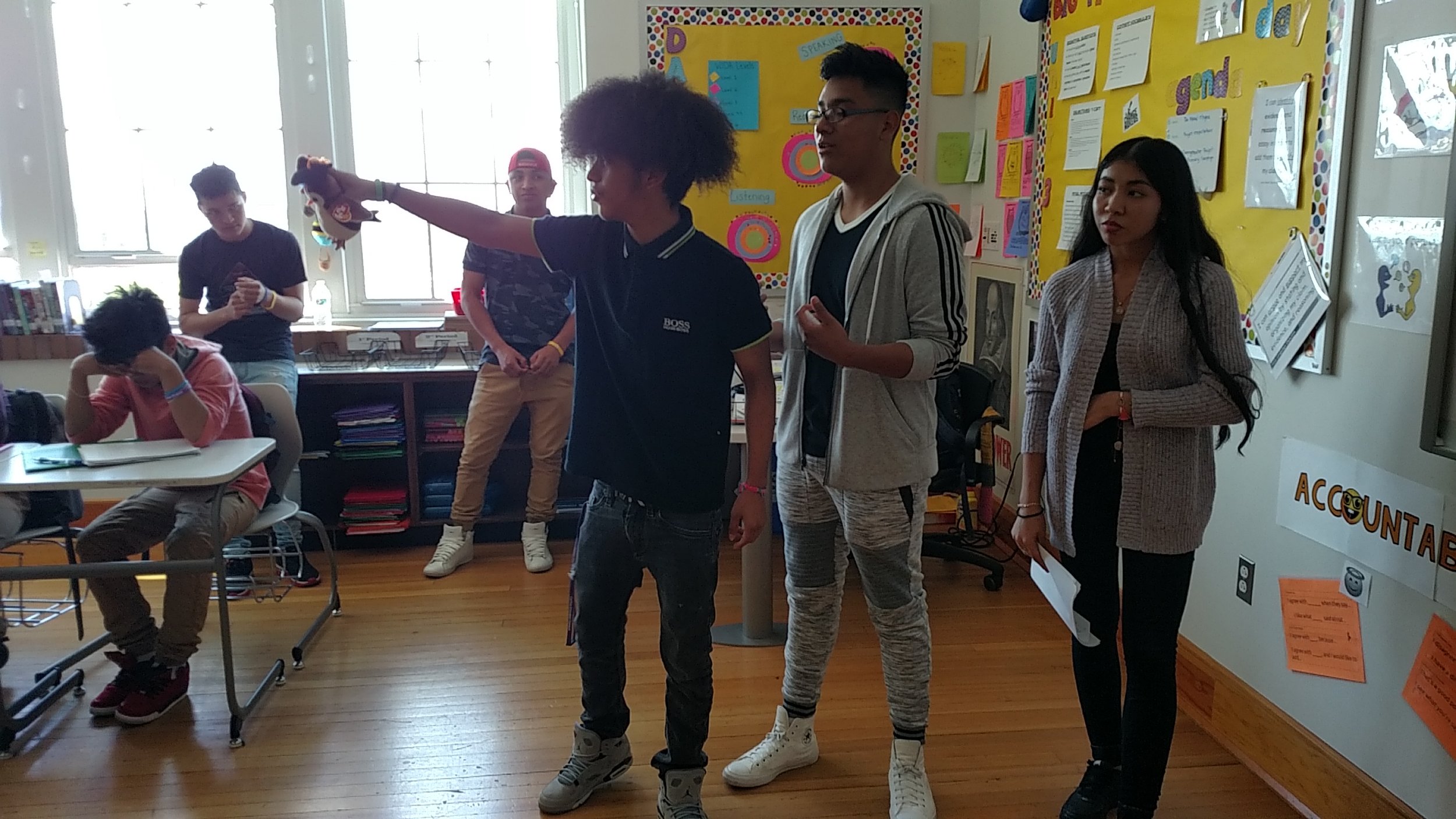

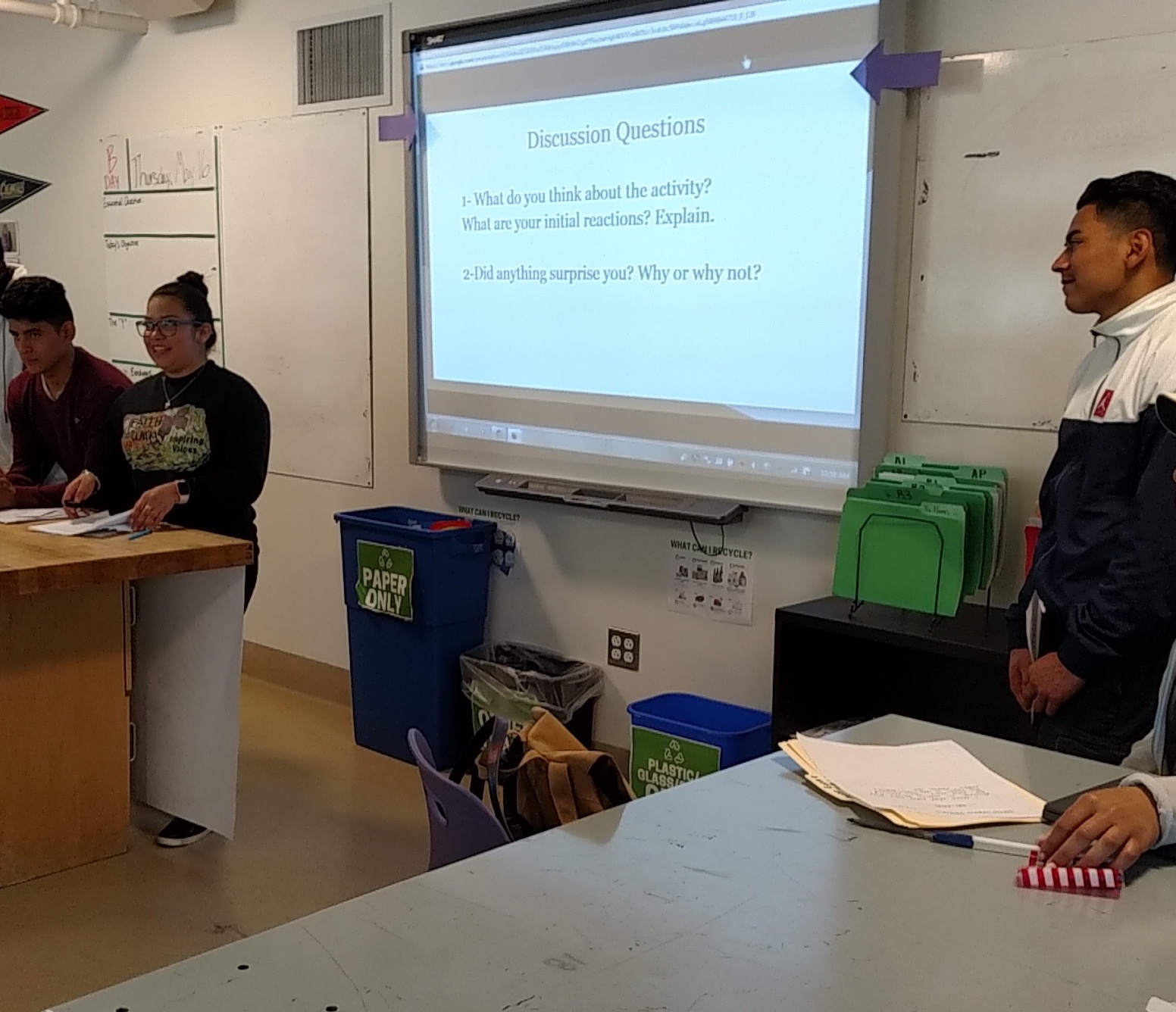
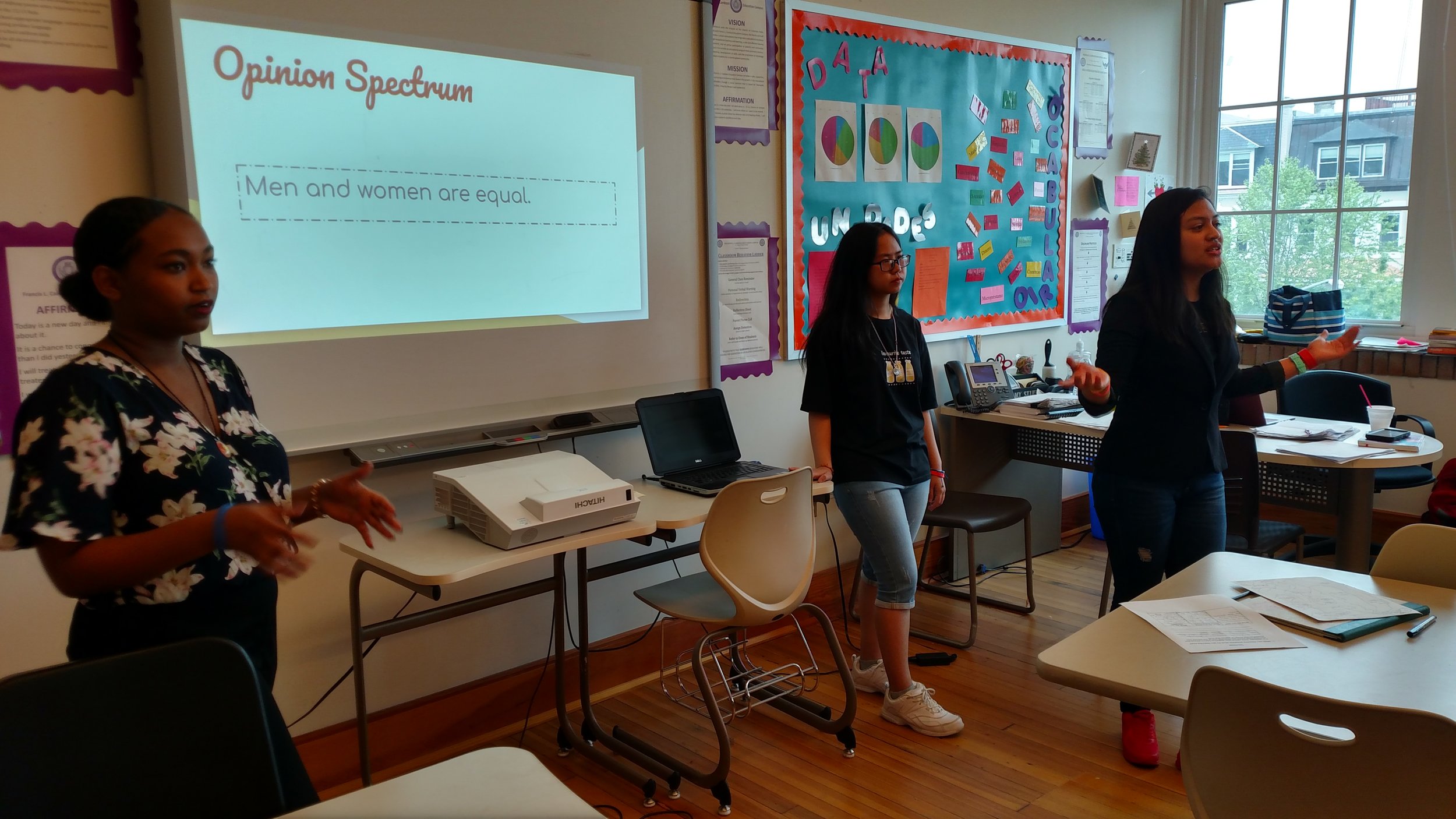
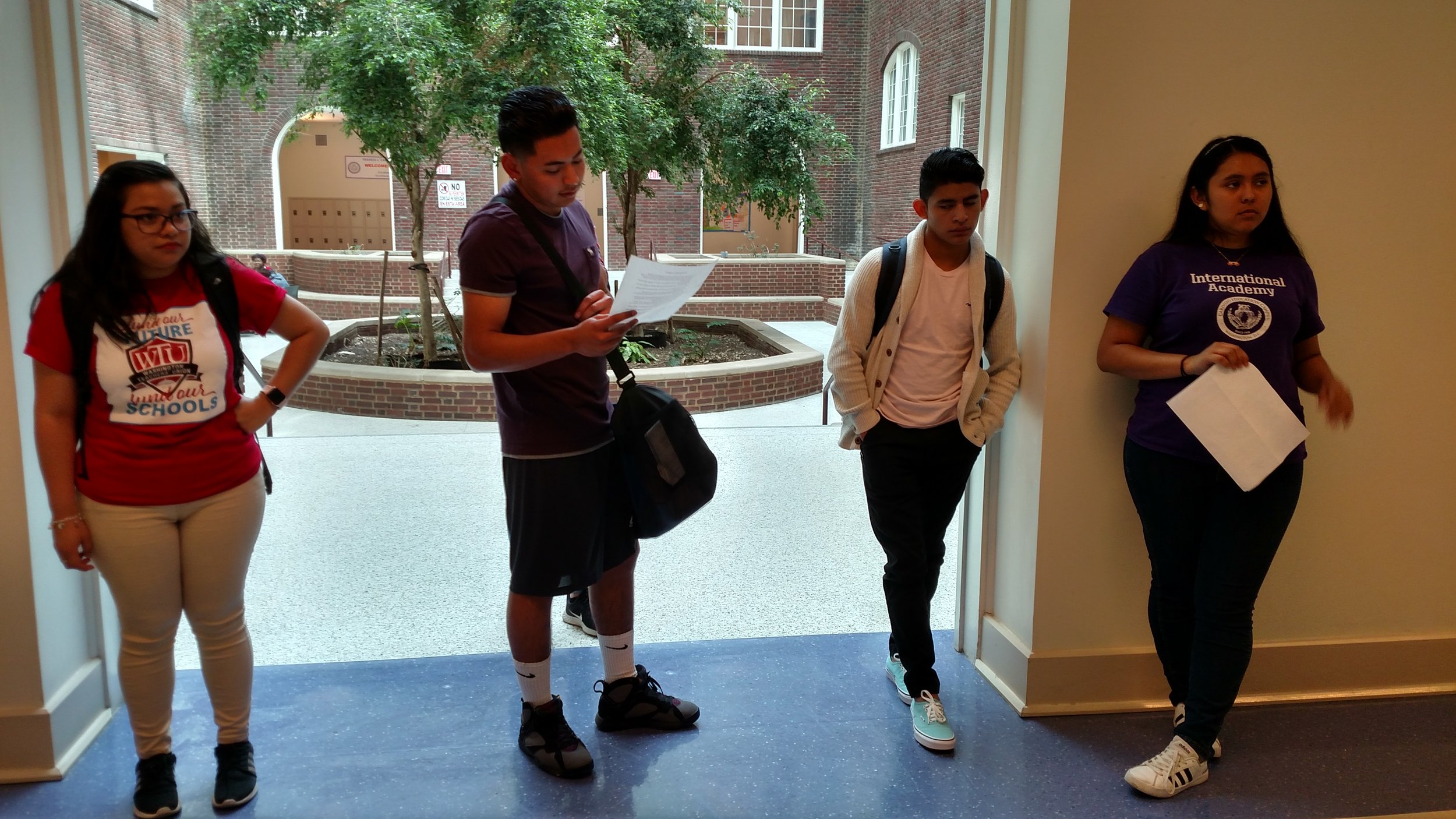
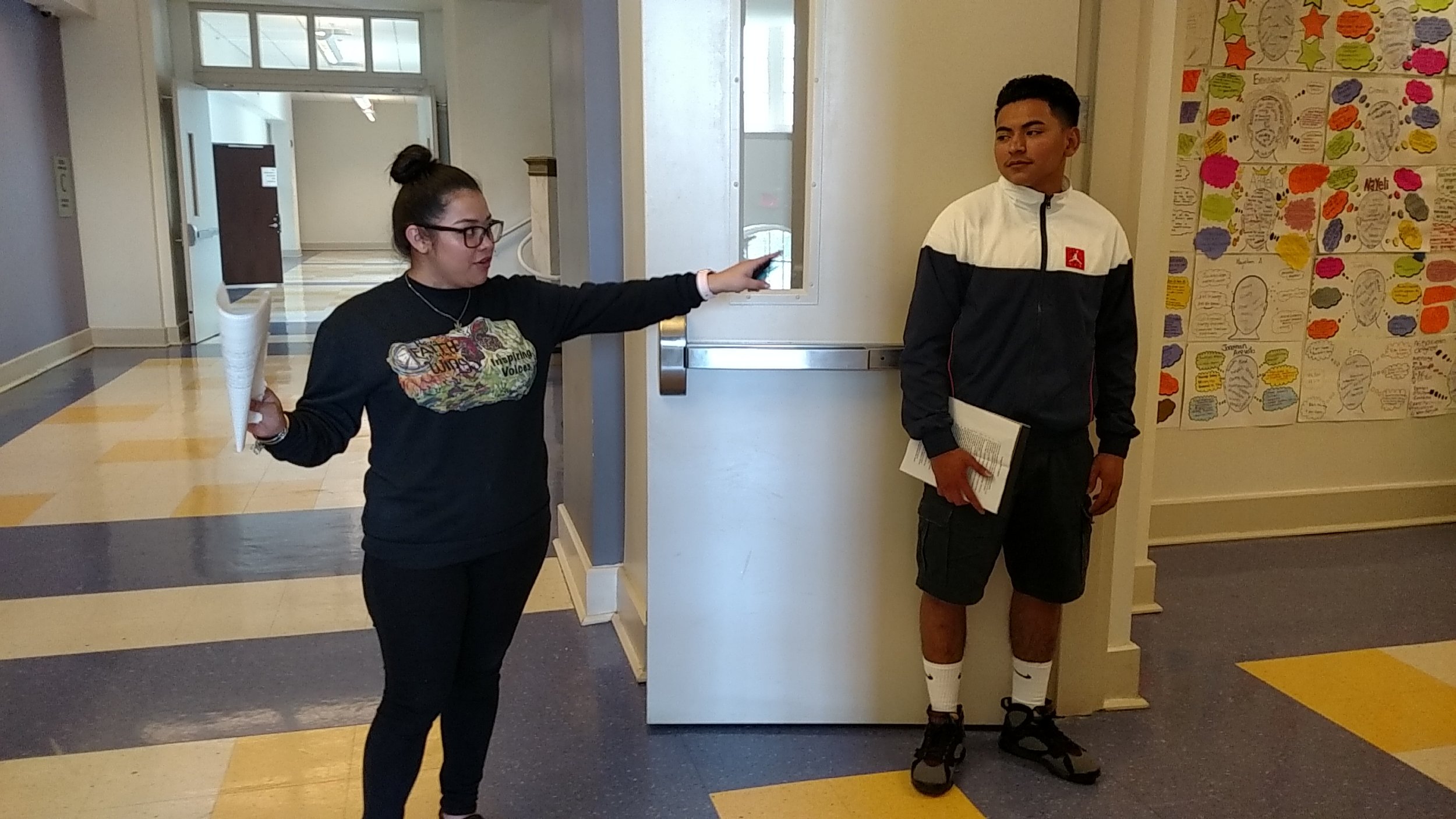
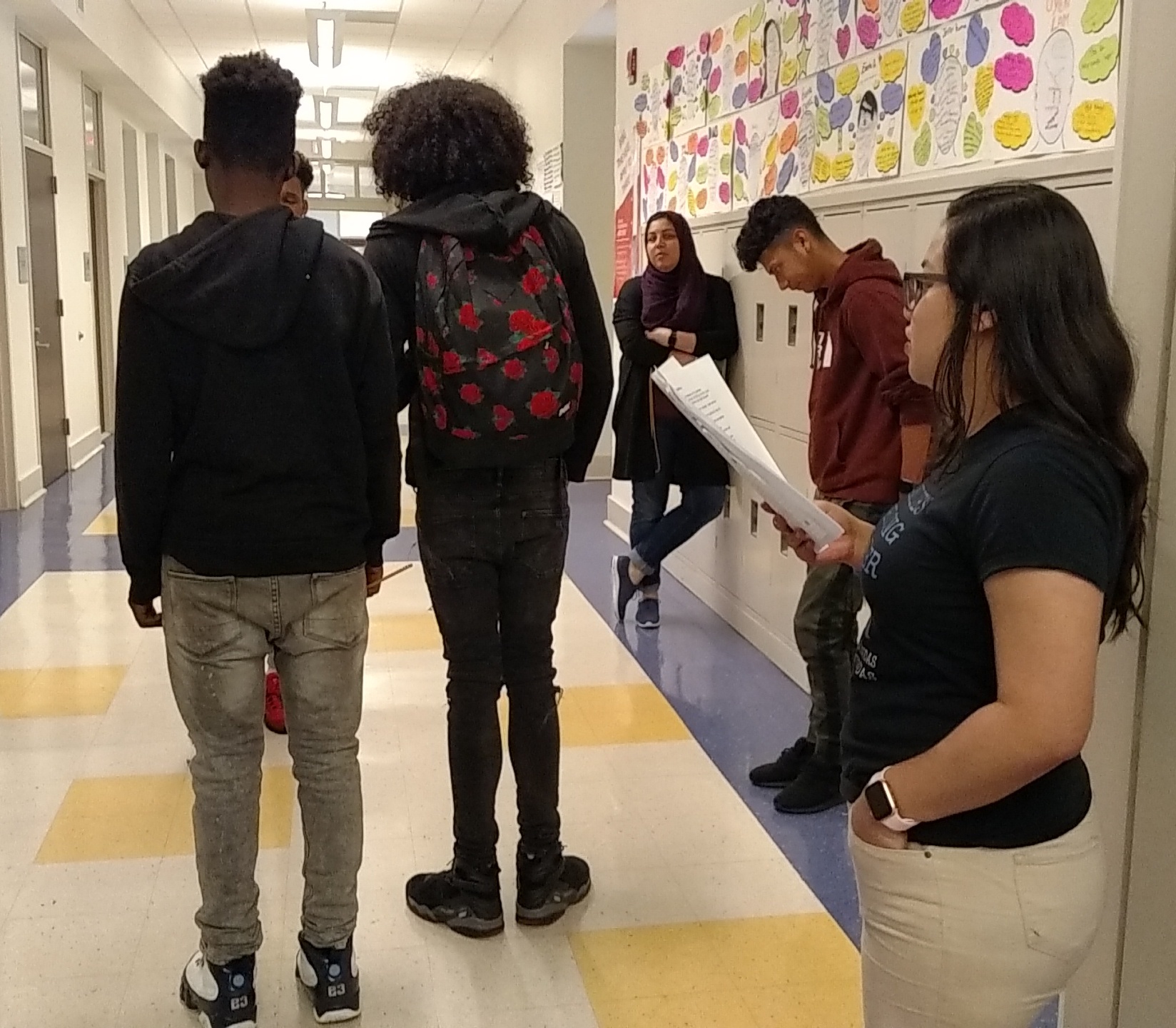
Cierra Kaler-Jones is the Education Anew Fellow with Communities for Just Schools Fund and Teaching for Change. She is also a Ph.D. student at the University of Maryland, College Park studying minority and urban education.



